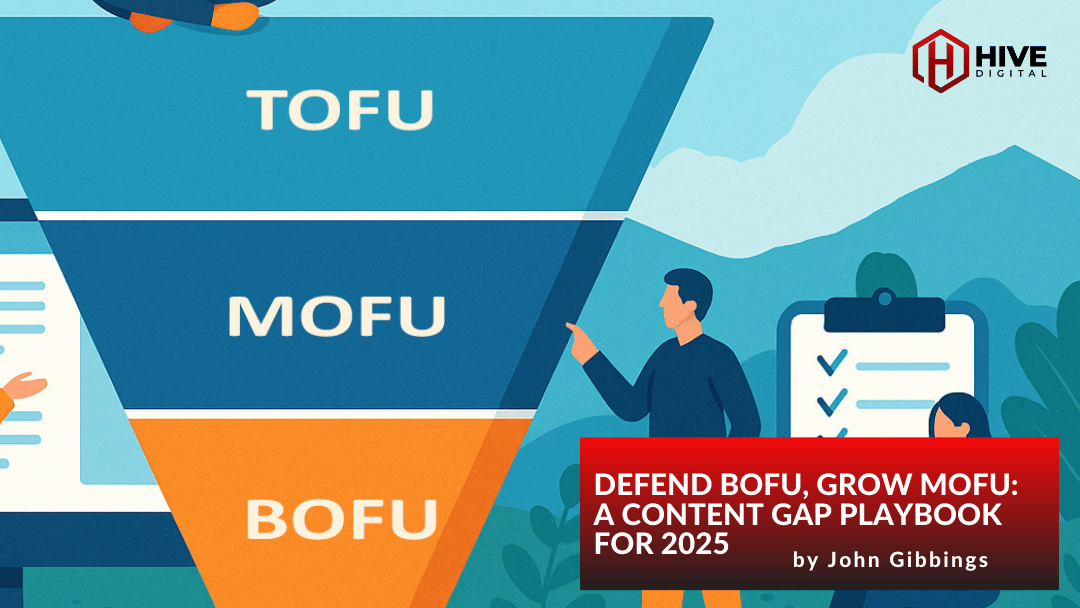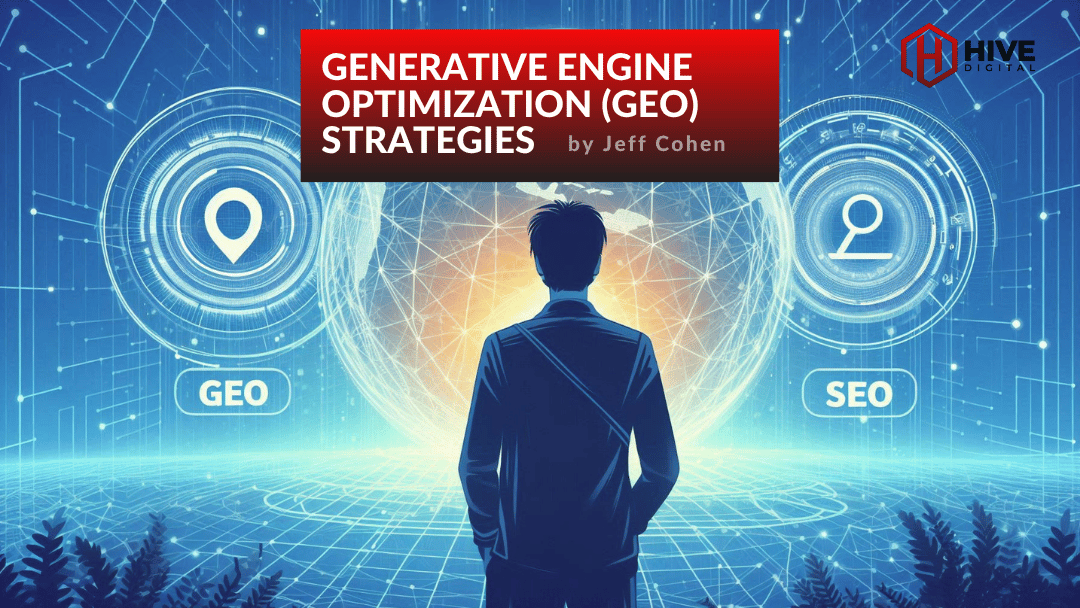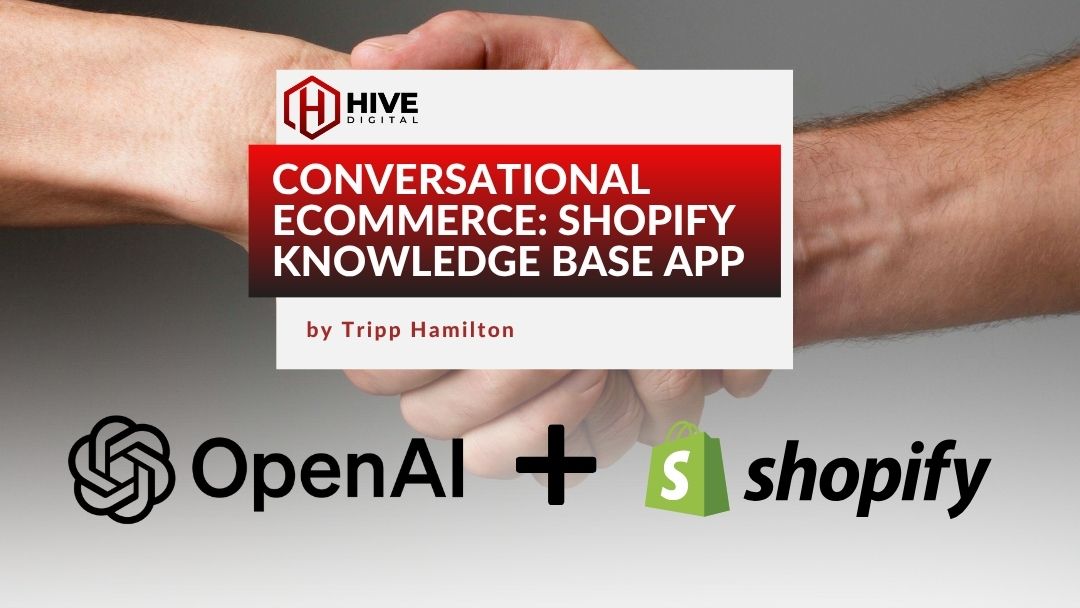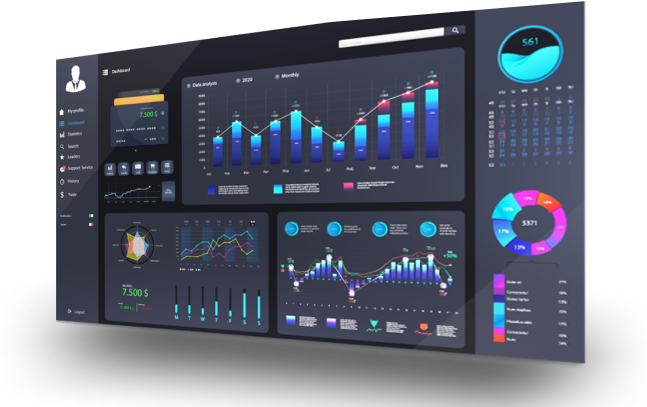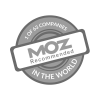When I was first learning to play drums, every teacher told me the same thing: Stick to the practice pad.
They wanted me to spend days tapping out rudiments on a grey piece of rubber before I was allowed to sit behind a real kit. I didn’t hate it… but it also wasn’t as exciting as sitting behind a real kit. Honestly, I thought that if I could just start out on the full set, it would be the fastest way to master drum techniques and, ultimately, to create music. I was wrong.
Right now, everyone from small-time TikTok creators to Fortune 500 executives is having a similar moment with Artificial Intelligence.
Search “How to make money with AI” and you will find thousands of gurus selling you the “16-piece drum kit.” They tell you to buy the subscriptions, install the agents, and automate everything. They promise that the tools alone will make you rich.
But in reality, if you put a novice who hasn’t mastered their rudiments behind a massive drum kit, you don’t get music. You get noise.
AI models are some of the most powerful tools we have ever seen. But to make money with it, whether you are a local coffee shop trying to get customers or a corporation analyzing giant blocks of data, you can’t randomly “hit things” and hope for success, you need to build a focused, guided strategy.
Whether you are a solo creator, indie startup, or recognized brand, we’ll go over three ways you can use AI tools to generate revenue.
1. The Content Engine: Scaling Your Voice
The most accessible way to make money with AI is by multiplying your output. For a solo creator, this means doing the work of a marketing team. For a business, it means dominating search results.
However, in late 2025, the “copy-paste” strategy is dead. To monetize content, you need to use the right tool for the right job. We now have The Big Three, and knowing which one to use is the difference between generic noise and revenue-generating content.
The Tool Comparison: Choosing Your Instrument
- ChatGPT 5.1 (The Creative Director):
- Best For: Brainstorming, “Reasoning” through complex hooks, and casual social engagement.
- The Update: Building on the “o1” (Strawberry) reasoning chains, the latest 5.1 model has moved beyond just predicting the next word—it now “thinks” before it writes. This makes it the superior choice for ideation and capturing a specific, witty brand voice that doesn’t sound robotic.
- Claude Sonnet 4.5 (The Technical Architect):
- Best For: Long-form writing, coding, video script writing, and strict brand adherence.
- The Update: Anthropic’s recent push into “Agentic” workflows (Computer Use) means Sonnet 4.5 excels at holding massive context. You can feed it your entire 50-page brand manifesto, and it will write an article that adheres to every single rule. It is the safest bet for SEO articles that need to be factually dense and structurally perfect.
- Gemini 3.0 (The Multimodal Researcher):
- Best For: Repurposing content, “Deep Research,” content writing, and multimedia integration.
- The Update: This is the heavyweight for specific business operations. Because Gemini 3.0 is natively multimodal and plugged directly into Google’s real-time Search index, it is the only model you should trust for fact-checking or repurposing. You can show it a video of your CEO speaking or a chart from a PDF, and it will turn that visual data into a blog post accurately. It bridges the gap between “seeing” and “writing” better than the others.
The Expert Edge (How to Actually Profit):
The mistake most people make is tribalism. They pick one tool and force it to do everything.
- The Strategy: Use Gemini to research and parse your source material (videos/data). Feed that structured data into ChatGPT to brainstorm the creative angles. Finally, use Claude to write the final SEO-optimized draft.
- The Monetization: By chaining these models together, you can create a “content assembly line” that produces expert-level work at 10x the speed. But remember, SEO consulting agencies like Hive Digital have access to enterprise-level SEO tools that can guide the strategy behind that content and actually target the keywords that pay.
2. The Pocket Analyst: Finding Money in Your Data
You don’t need a data science degree to find revenue opportunities anymore, you just need to know how to ask the right questions.
The Revenue Opportunity:
- For Local Businesses: Export your Google Reviews or customer emails into an LLM. Ask it: “What is the #1 complaint people have about my service?” or “What products are people asking for that I don’t sell?” This effectively acts as free market research, allowing you to pivot accordingly.
- For Agencies & Corps: Upload sales data to identify churn patterns. Ask the AI to flag which ad channels are bringing in high-maintenance clients versus high-value ones.
The Expert Edge (How to Actually Profit):
The risk here is “Hallucination.” AI is literal. It might tell a restaurant owner that “sales are down on Tuesdays,” not realizing the restaurant is closed on Tuesdays.
- The Strategy: Use AI to find the pattern, but you must use human expertise to verify it. As an example, here at Hive we use AI to parse data, but we use our Analytics experts to confirm the tracking is accurate before you bet your budget on it.
3. Operational Speed: Acting Like a Big Business
Sales bring cash in the door, but healthy margins determine how much of it you keep. If you can do a 10-hour task in 10 minutes, you have just increased your hourly rate (or your profit margin) significantly.
The Revenue Opportunity:
- For Solopreneurs: Automate the “boring stuff.” Use AI agents to handle scheduling, draft invoice responses, or summarize hour-long client calls into action items. This frees you up to do the high-value work (selling/creating).
- For Large Organizations: Automate the “first mile” of customer service or lead scoring. AI can grade incoming leads based on their likelihood to buy, ensuring your sales team only talks to people ready to spend money.
The Expert Edge (How to Actually Profit):
Automation without empathy kills revenue. If a potential client gets a weird, robotic response from your “AI Agent,” they will leave.
- The Strategy: Knowing where to stop. We help clients identify which parts of their funnel can be automated for speed, and which parts require a human touch to close the deal.
From Experimentation to Enterprise-Grade Strategy
So, can you make money with AI on your own?
Absolutely. You can start a business, run a blog, or analyze your sales data from your living room today.
But eventually, DIY growth hits a ceiling.
- The Creator hits a ceiling when they need to scale traffic volume without burning out or sacrificing quality.
- The Local Business hits a ceiling when they need to interpret complex local market data to compete with national chains.
- The Enterprise hits a ceiling when their data governance and integration requirements become too complex for a simple prompt.
This is where the shift from “using AI tools” to “building an AI marketing strategy” should happen.
That’s where we can help. Hive Digital can provide this strategy and expertise, as we help everyone from ambitious startups to established brands implement the data governance, SEO frameworks, and operational strategies that turn AI potential into actual profit.
If you are ready to stop making noise and start making something people want to hear, let’s talk. Get in contact with us if you want more information on how to use AI tools to profit.



